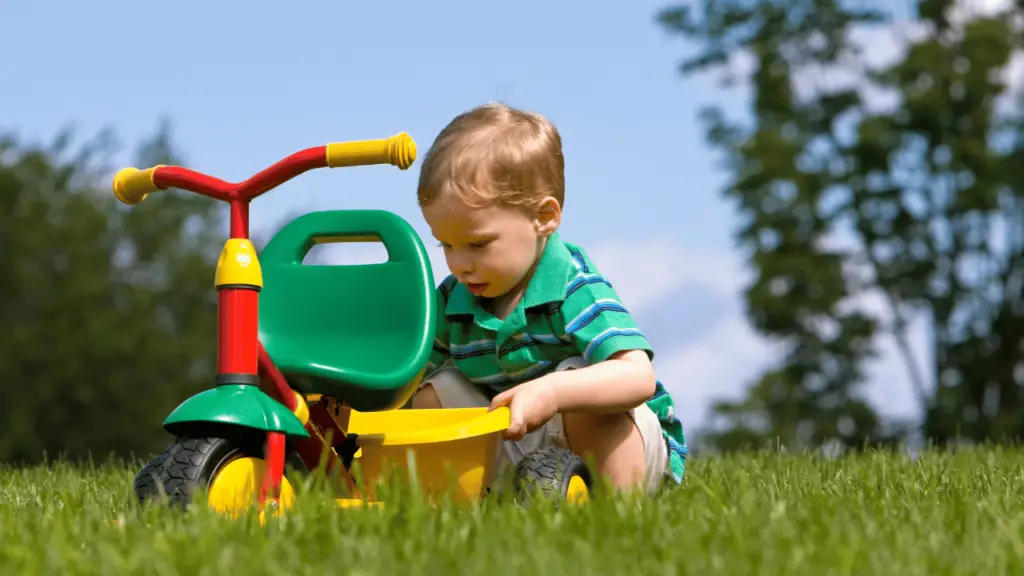Crawling is a crucial developmental milestone for babies, and it typically takes place between the ages of 6 and 10 months. It is helpful to be aware of the normal indicators to look out for and strategies for helping them take their first steps if you are pondering the question of when your baby will start crawling.
When does crawling typically begin for most children?
Six to ten months is the normal age for infants to begin their first attempts at crawling. Nevertheless, the actual age might be somewhat variable, depending on the specific development of the infant in question. It is not uncommon for some infants to start crawling around the age of seven months, while others may not begin the movement until they are eleven or twelve months old. It is essential to keep in mind that every infant develops at their own unique pace, and there is no one “correct” age at which they should begin crawling.
What signs should I be looking out for?
It is common for infants to go through a developmental stage known as “creeping” before they begin the process of crawling. This is the position in which the infant will rock and arch their back before beginning to move forward with the help of their hands and feet. They may start to scoot along on their stomachs or move in circles while still remaining on the ground as they become more accustomed to crawling. These are all indications that your baby is getting ready to crawl, and you should take them as a sign that actual crawling won’t be too far off from now!

How long does it typically take for my infant to master the crawling stage?
Every infant develops at their own pace, and some babies may master the art of crawling sooner than others. If you notice that your baby is beginning to investigate the furniture while on all fours, it may be a positive indicator that they are getting ready to crawl. Crawling is a motor skill that requires coordination and strength. They will probably be able to perfect the ability as they get older if they have enough time, patience, and practice.
Is there any kind of play that could be beneficial in teaching my infant how to crawl?
Yes! Your infant will get the muscle strength necessary to move around and will eventually be able to start crawling if they participate in activities such as tummy time. Other activities, such as positioning toys so that they are just out of reach, can also be helpful in encouraging them to crawl in that direction. When they are ready, you can even set up a sham obstacle course for your baby to practice their newly acquired talent using pillows and blankets.

Is there anything special I need to do to make sure that my child is protected when she or he is figuring out how to crawl?
Yes! When it comes to the well-being of your child, it is critical to take preventative measures wherever possible. When your baby is learning to crawl, it is crucial that you provide a safe environment for them. Remove from your baby’s reach anything that is pointy or breakable and could cause injury if it came into contact with it. It will be easier for them to go around without tripping or injuring themselves if the floor is free of cables, toys, and other items associated with pets.
Use guard rails on furniture that has wide enough spaces between their bars so that your baby’s head cannot go through them. This will help protect your infant from falling off of furniture. Invest in some comfortable knee protectors for your child so that their knees will be protected while they are crawling around the house. If you follow these instructions, you will have a much better chance of being successful in creating a safe crawling place for your baby as they learn how to move around on their own.
Conclusion:
crawling is an important developmental milestone for babies, and there are some signals that you should look out for that indicate your baby is ready to start crawling. Encourage their development of crawling by giving them plenty of time to spend on the floor, keeping toys and other objects out of their reach, and giving them a surface that is both safe and comfortable for them to crawl on. Make an appointment with your child’s pediatrician if you have any questions or concerns about your infant\’s growth. As your child continues to grow and develop, they will be able to offer direction and reassurance throughout this process.


